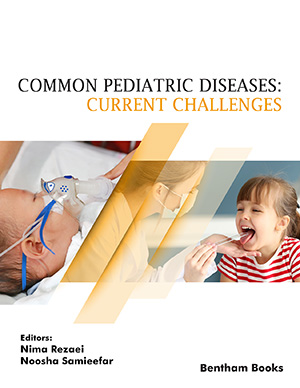Abstract
Historically, the concept of “sexting” (the sending of nude pictures or videos
between teenage youth) has been associated with extremely negative outcomes,
including legal vulnerabilities, lost future opportunities, and depression and suicide.
These negative outcomes have been widely promoted in the news media and in
research on the phenomena. Yet despite diligent efforts by adults to warn youth of
these negative outcomes, sexting persists and may even be more common than was first
thought. Almost a decade ago, the first research began to emerge that suggested that
these risks may be less common than first thought. More recent research has filled out
our knowledge about sexting by outlining positive outcomes of sexting that may help
explain why underage youth persist in these behaviors despite draconian warnings.
This paper outlines some of these positive outcomes, such as improved feelings of self-confidence and attractiveness; strengthening of existing relationships; and the view that
sexting is a safe way to explore emerging sexuality. Given this mix of both potential
positive and negative feelings about sexting, I propose here that sexting education
should follow the best practices long established for sex education, namely, ensuring
that youth understand risks, consider relationships and feelings, and do not engage in
sexting because of pressure or coercion.
Keywords: Cellphone, Computer, Cyberbullying, Digital Behaviors, Digital sexual harassment, Internet sex, Nude, Nudity, Online sex, Photos, Pictures, Sex, Sext, Sexting, Sexual content, Sexual harassment, Videos, Virtual, Virtual behavior, Virtual nudes.






















